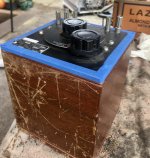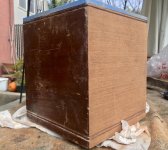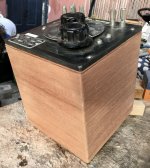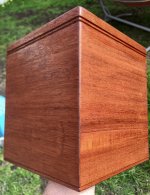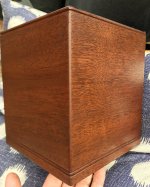I recently acquired a General Radio 107N variable inductor. The front panel was in good shape but the enclosure, made of solid walnut boards, had a lot of damage to the finish. My goal is to clean the front panel, clean and lubricate the main and vernier dials and restore the enclosure as period-correctly as possible.
Attachments
-
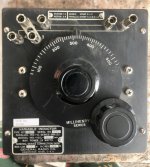 9D46B0E9-BD86-4463-983E-DB13C755C481.jpg582.3 KB · Views: 125
9D46B0E9-BD86-4463-983E-DB13C755C481.jpg582.3 KB · Views: 125 -
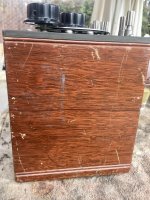 973DFD3E-21B5-4276-80A4-98365CA2FF32.jpg924.7 KB · Views: 155
973DFD3E-21B5-4276-80A4-98365CA2FF32.jpg924.7 KB · Views: 155 -
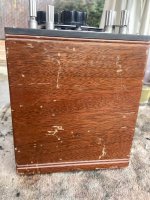 7BB67D4B-7CA1-4741-93D3-CAD00285B292.jpg947.9 KB · Views: 120
7BB67D4B-7CA1-4741-93D3-CAD00285B292.jpg947.9 KB · Views: 120 -
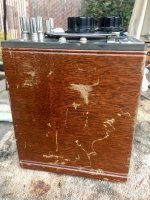 5486B97E-E784-4B01-BFB3-BDD17184BBB2.jpg887.9 KB · Views: 135
5486B97E-E784-4B01-BFB3-BDD17184BBB2.jpg887.9 KB · Views: 135 -
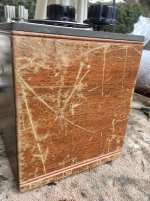 4593AA7D-F9C3-4F36-AF54-11FC3825DE01.jpg985.6 KB · Views: 159
4593AA7D-F9C3-4F36-AF54-11FC3825DE01.jpg985.6 KB · Views: 159
Looking at old GenRad catalogs, they refer to the finish as “polished walnut”. After a bit of online research and my own examination of the enclosure itself, I have concluded that that original finishing schedule was an application of sanding sealer (shellac), followed by grain filler, another coat of sealer (shellac), then top-coated with lacquer. Lacquer at the time was either nitrocellulose or phenolic. Close examination of lacquer flakes from off the cabinet look lighter then phenolic; my educated guess is that it is nitrocellulose that has darkened over the decades.
I was originally going to strip the finish using Formby’s furniture refinisher. Unfortunately, my container of refinisher got contaminated and in the interim my fair state has outlawed the stuff.
So I began by hand sanding with 150 grit sandpaper. Progress will be photographed. Pictured below is the finish next to sanded bare for contrast.
I was originally going to strip the finish using Formby’s furniture refinisher. Unfortunately, my container of refinisher got contaminated and in the interim my fair state has outlawed the stuff.
So I began by hand sanding with 150 grit sandpaper. Progress will be photographed. Pictured below is the finish next to sanded bare for contrast.
Attachments
Are you planning on doing any electrical related testing, like confirming the dial inductance accuracy and range (which looks like 25 to 500mH), and identifying the operating frequency range (perhaps by identifying the self-resonant frequency), and providing some photos of internals?
Last edited:
Photos of the internals will be forthcoming after I refinish the enclosure. I can verify the calibration but self-resonance will be iffy as my signal generator is a HP-200CD that needs a look over.
Hi Brinkman
I wish you have a good time restoring the housing of this beautiful instrument. It worths it.
Mine (107M) is true to dial’s indications. I haven’t tested for self resonance.
George
I wish you have a good time restoring the housing of this beautiful instrument. It worths it.
Mine (107M) is true to dial’s indications. I haven’t tested for self resonance.
George
Attachments
-
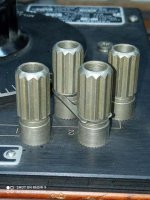 10.jpg587.4 KB · Views: 71
10.jpg587.4 KB · Views: 71 -
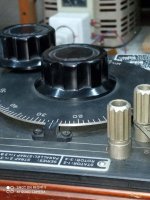 9.jpg576.5 KB · Views: 68
9.jpg576.5 KB · Views: 68 -
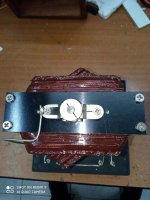 8.jpg548.3 KB · Views: 86
8.jpg548.3 KB · Views: 86 -
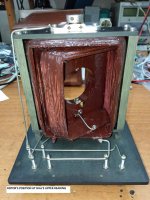 7.jpg536 KB · Views: 84
7.jpg536 KB · Views: 84 -
 6.jpg516 KB · Views: 83
6.jpg516 KB · Views: 83 -
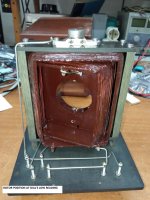 5.jpg461.3 KB · Views: 75
5.jpg461.3 KB · Views: 75 -
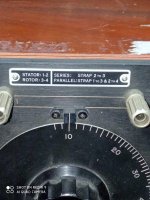 4 inductance plate.jpg631.3 KB · Views: 58
4 inductance plate.jpg631.3 KB · Views: 58 -
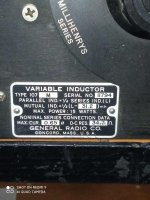 3 nameplate.jpg580 KB · Views: 66
3 nameplate.jpg580 KB · Views: 66 -
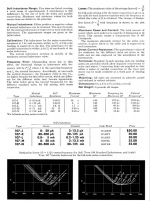 2 specs.png556.1 KB · Views: 65
2 specs.png556.1 KB · Views: 65 -
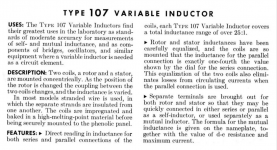 1 description.png562.7 KB · Views: 77
1 description.png562.7 KB · Views: 77
Interesting that trimming seems to occur before potting. The 107N seems to be accurate and predominantly inductive up in to the mid kHz. Without any core loss, and up to 180mArms capability, that could be useful for power supply or magnetic field related related testing.
In the shop over the years, I've restored several "antique" radios for customers.
Ranging from a floor console RCA "Radiola", a 1920's Emerson console, Atwater kent sets, and those "coffin box" multi-dial table sets.
A coffin box 3-knob set came in once from as guy, I think it had 5 tubes inside.
The customer complained after he took it home, that he couldn't tune in AM broadcast except for only one station (1600Khz).
I told him that his radio, numerous times, was designed for the old radio band, starting around 1600 Khz and up.
Ranging from a floor console RCA "Radiola", a 1920's Emerson console, Atwater kent sets, and those "coffin box" multi-dial table sets.
A coffin box 3-knob set came in once from as guy, I think it had 5 tubes inside.
The customer complained after he took it home, that he couldn't tune in AM broadcast except for only one station (1600Khz).
I told him that his radio, numerous times, was designed for the old radio band, starting around 1600 Khz and up.
It looks already excellent.
Light sanding and 1-2 shellac coatings?
George
Light sanding, maybe another coat of shellac and grain filler. I am somewhat satisfied already so I may just lightly sand, shellac and then multiple light coats of clear (gloss) nitro lacquer that I will buff to a satin finish.
- Home
- Design & Build
- Equipment & Tools
- Restoring a General Radio 107N variable inductor
